NHTSA Upgrades Tesla's Autopilot Investigation to 'Engineering Analysis'
【Summary】The federal government’s action is an escalation of its ongoing investigation into accidents involving the automaker’s vehicles hitting stationary emergency vehicles.
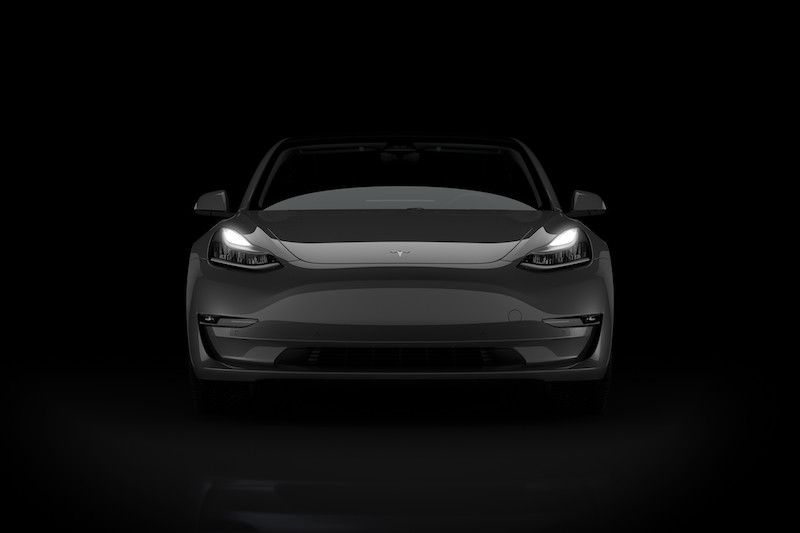
Last August, the National Highway Traffic Safety Administration (NHTSA) opened an investigation into Tesla's vehicles. The investigation involved looking into instances where Tesla's electric vehicles hit stationary emergency vehicles when Autopilot was engaged. Earlier this week, the NHTSA announced that it would be updating the status of its investigation to an Engineering Analysis.
Tesla Investigation Continues
An "Engineering Analysis" is the second and final phase of an NHTA investigation. This phase involves the NHTSA completing additional tests and crash analyses "to explore the degree to which Autopilot and associated Tesla systems may exacerbate human factors or behavioral safety risks by undermining the effectiveness of the driver's supervision," said the organization in documents.
In this phase, the NHTSA will be testing Teslas and its Autopilot system to see if they do what they're intended to do. Tests will also be conducted to see if Autopilot and Tesla's other systems pose any safety risks by allowing drivers to drive without paying full attention.
The NHTSA also announced that it will be expanding the number of Teslas in the investigation. Initially, the federal organization stated that it would be investigating 765,000 vehicles, but that figure has since expanded to 830,000 vehicles. All of Tesla's models, which include the Model S, X, 3, and Y, produced from model years 2014 to 2022 are included in the investigation.
Who Is To Blame?
For people that aren't familiar with the ongoing investigation, the NHTSA is looking into 16 crashes involving Tesla and the automaker's Autopilot system. These accidents involved a Tesla crashing into a stationary emergency vehicle. There was one fatality and 15 injuries because of the accidents.
The NHTSA has found that driver neglect is a common issue with crashes involving Autopilot. The agency's data from approximately half of 106 miscellaneous accidents involving Autopilot include an inattentive driver. In the majority of accidents involving a Tesla and its Autopilot system, the automaker has pointed a finger toward the driver as the main problem. The NHTSA doesn't believe that, claiming that a driving misusing a safety-critical system doesn't mean the system is blameless.
"A driver's use or misuse of vehicle components, or operation of a vehicle in an unintended manner does not necessarily preclude a system defect," stated the NHTSA.
According to Reuters, an Engineering Analysis is a prerequisite for the agency to request a manufacturer to issue a recall. An NHTSA document claims that the Office of Defects Investigation tries to resolve Engineering Analysis investigations within a year from when they're started. The organization can extend them as they deem necessary. If Tesla voluntarily issues a recall or the NHTSA fails to identify a defect, the investigation will end.
-

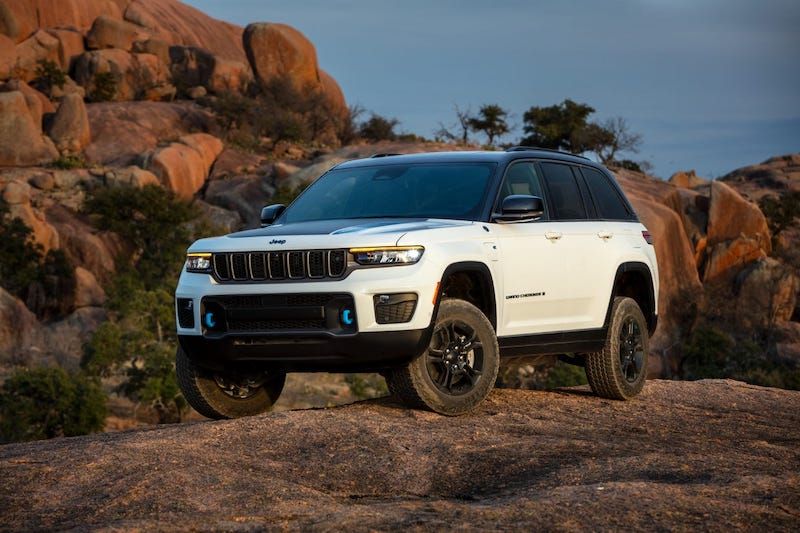
2023 Jeep Grand Cherokee Trailhawk Now PHEV Only
-

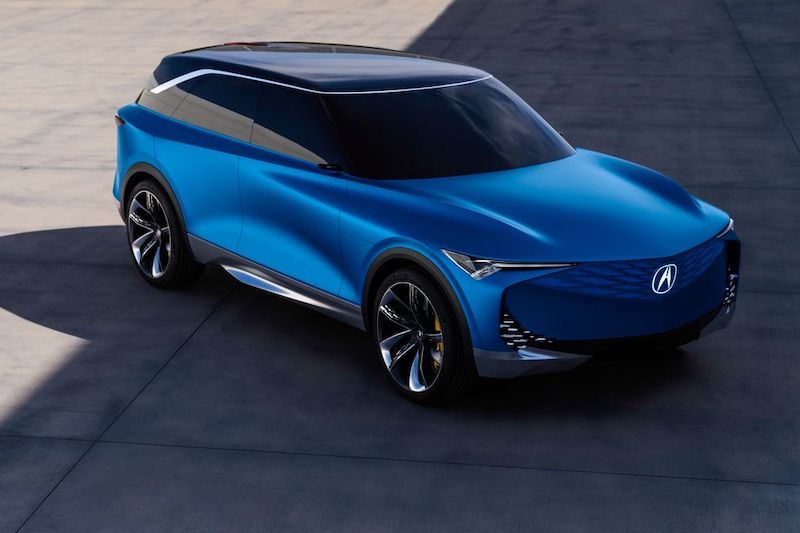
Acura Prevision EV Concept Previews Brand’s Electric Future
-


Hyundai Gets Serious About Electric Performance Cars, Shows off Two Concepts
-


Ford Looks to Have 100% of EV Sales Be Online
-

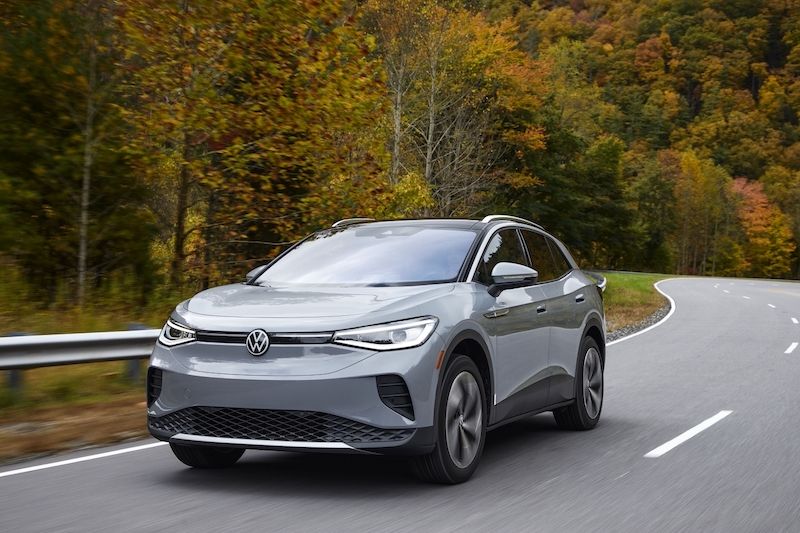
Volkswagen CEO Believes It Will Overtake Tesla in EV Sales by 2025
-

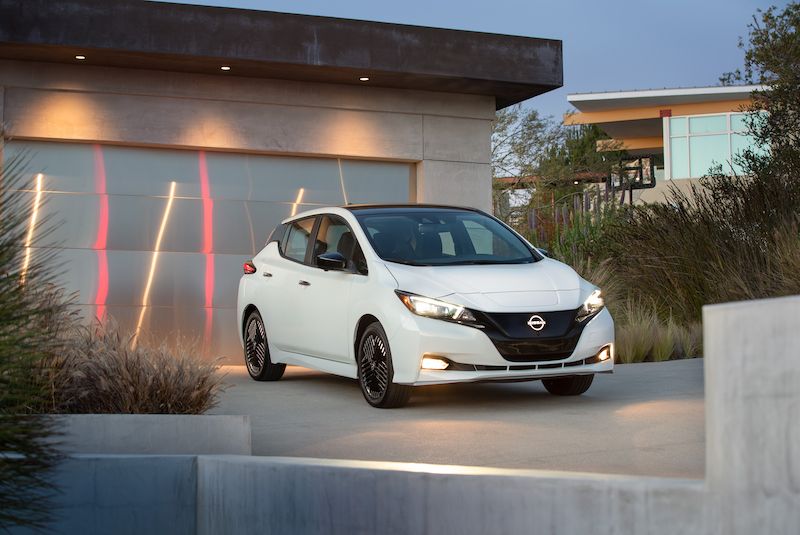
Report Claims Nissan Leaf Will Be Discontinued by 2025
-


Autonomous Vehicles Will Require Cities to Change Their Transportation Methods
-


Rivian, Mercedes-Benz Partner to Produce Electric Commercial Vans
- Tesla Rival XPeng and Alibaba Cloud Set Up China’s Largest Cloud-Based Computing Center to Train Machine Learning Models for Autonomous Driving
- Urban Air Mobility Company Backed by Electric Automaker XPeng Inc Begins Trail Production of its Voyager X2 ‘Flying Car’
- Apple Reveals the Next-Gen Version of CarPlay, Which Takes Over a Vehicle’s Entire Dashboard and Screens
- Volkswagen’s Software Unit CARIAD to Co-Develop a System-on-Chip With STMicroelectronics for the Automaker’s Future Software-defined Vehicles
- Volvo is Building a New EV Service and Training Facility at its U.S. Headquarters in New Jersey To Fast Track its Electrification Plans
- SK Inc. Invests $100 Million in North Carolina-based EV Charging Hardware Developer Atom Power
- The Tesla Model Y and Model 3 Take the 1st and 2nd Place Spots in the Annual Cars.com ‘American-Made Index’
- The Polestar 5 Sedan Will Have Dual Electric Motors With 884 HP
- GM to Invest $81 Million to Hand-Build Cadillac Celestiq in Michigan
- Stellantis to Idle its Illinois Assembly Plant Indefinitely, Citing the High Costs of Electric Vehicles











 About Us
About Us Contact Us
Contact Us Careers
Careers